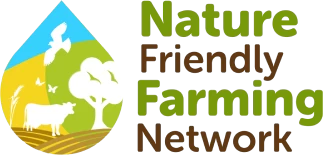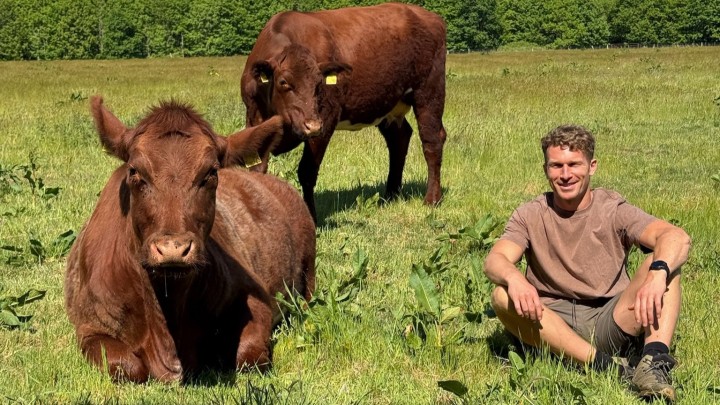When James Gilboy encountered regenerative agriculture on a trip to Southern France, he immediately recognised its power. Here he describes how he gets to put it into practice on his family’s Hampshire estate.
I was nine years old when I first pulled out a lamb from a ewe. I knew, right there and then, that working in the countryside was for me.
As a young boy, I gained experience working on a neighbouring farm in the Peak District, and I knew that working the land was a challenge I wanted to take on. When my family decided to take on Downlands Estate in Hampshire two years ago, I finally had the opportunity I had been dreaming of since childhood.
When I arrived at Downlands, it hadn’t been a farm for over 15 years and was being used as a pheasant shoot. The fields that had once been full of cattle had rotten fences, and the farm buildings had been sold off. The soil was naturally infertile and prone to drought. All in all, it could have been quite a daunting challenge. However, thanks to my interest in regenerative farming, I was far from deterred. Indeed, I saw in Downlands a place that was crying out for the very things I wanted to put into practice.
I discovered the power of regenerative farming on a hiking holiday with my father to the Pyrenees, on the French-Spanish border. During our trip, the shepherd looking after us explained how the local wildlife and animals were integral to the wellbeing of the land. We learned how the French government supported local shepherds to look after livestock on the mountains, and how their role was vital to maintaining the natural environment. The conservation grazing in the Pyrenees meant the natural landscape was being supported and invasive species were being stopped from taking over.



